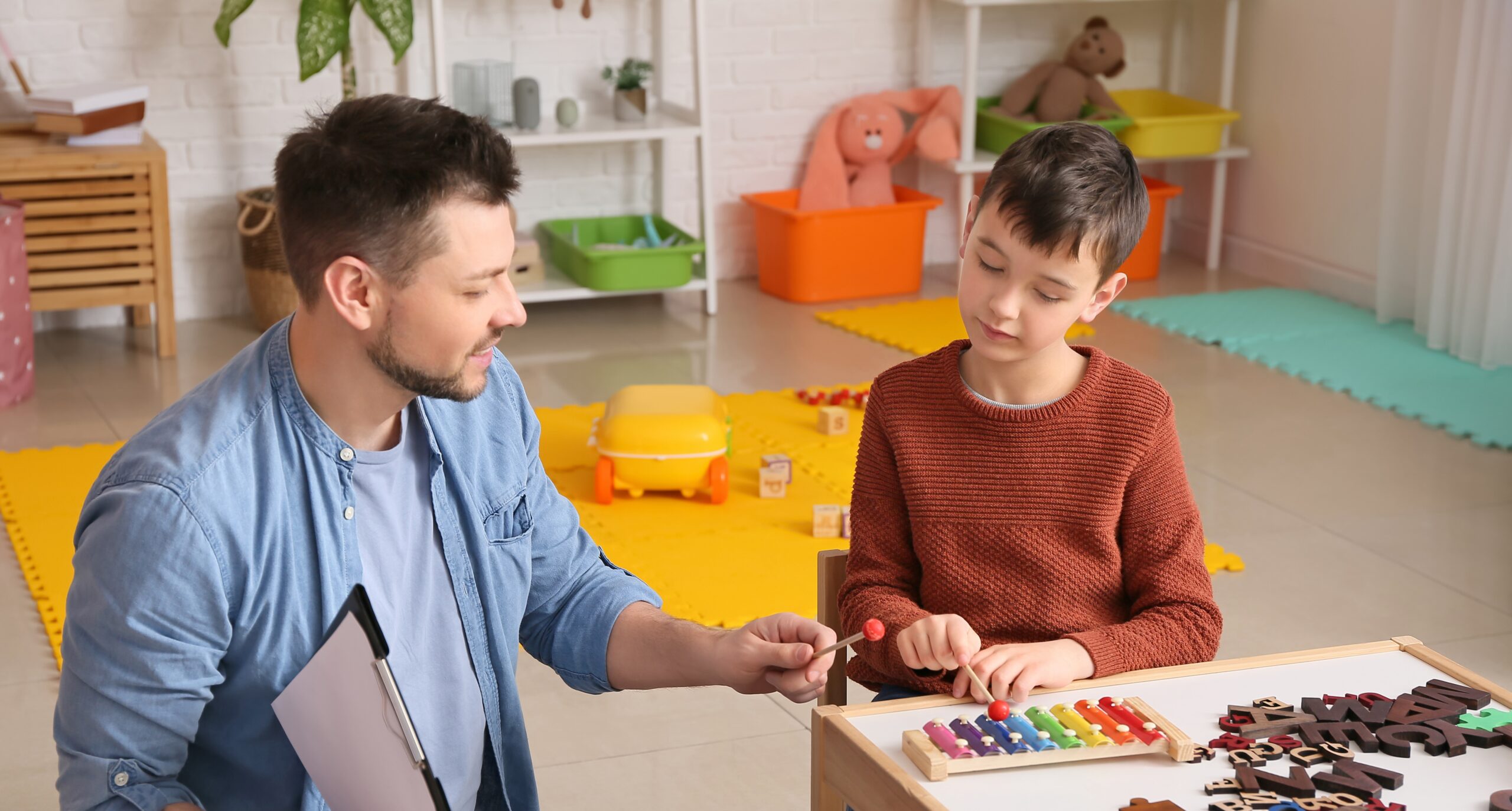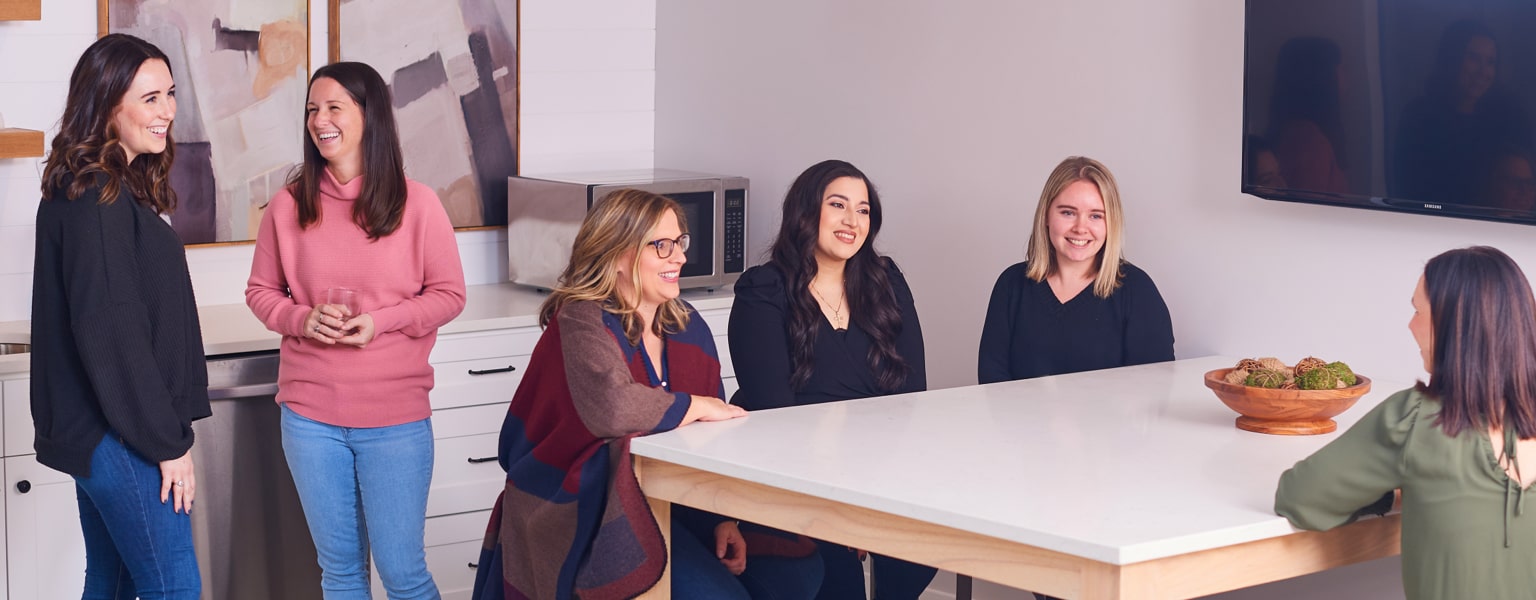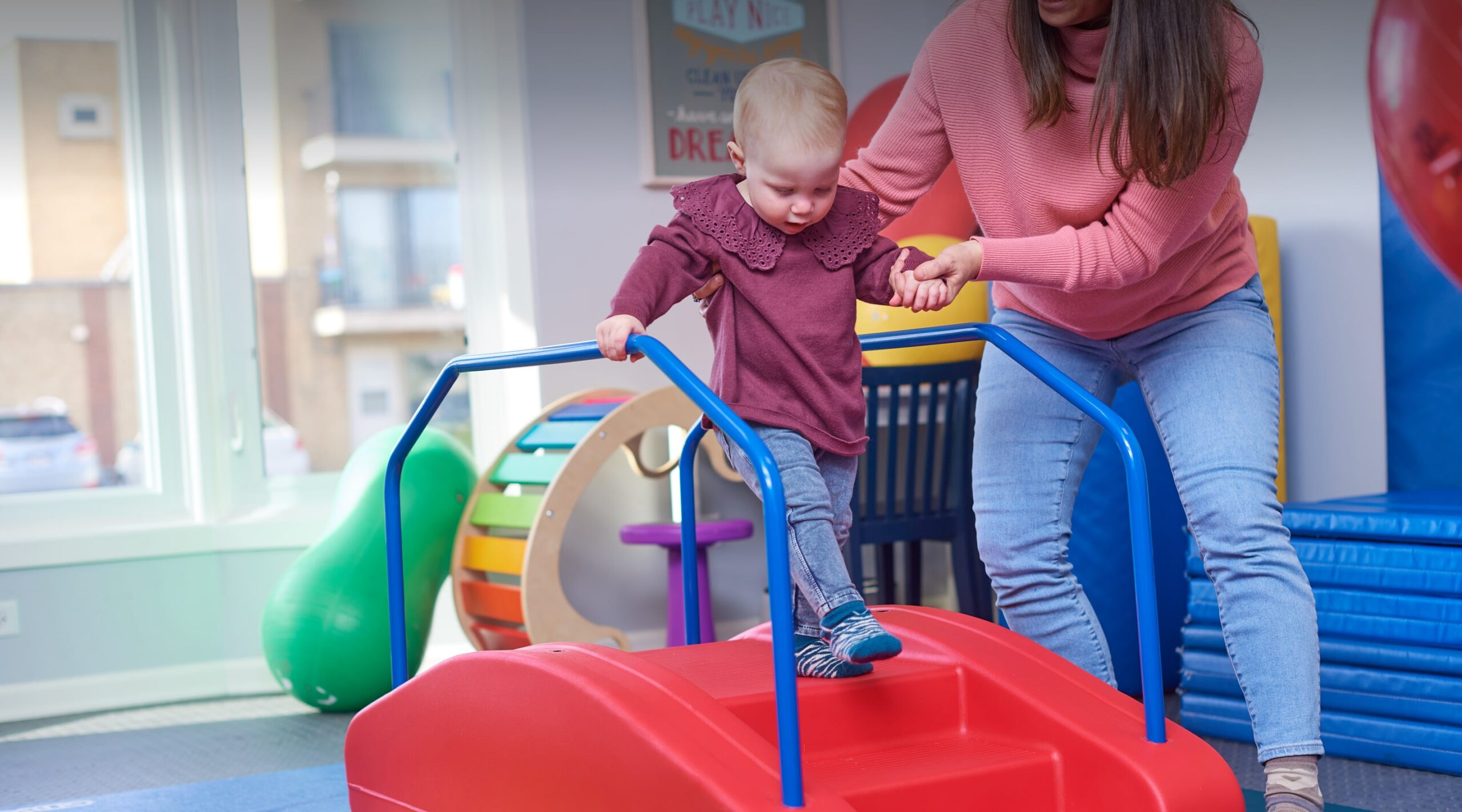Handling Cerebral Palsy: The Journey of a Physical Therapist
Cerebral palsy (CP) is a neurological condition that affects many children who were born prematurely. The actual definition of the word is “group of disorders that affect a person's ability to move and maintain balance and posture.” CP is the most common motor disability in childhood. Cerebral means having to do with the brain. Palsy means weakness or problems with using the muscles.“ Cerebral palsy can be caused by a variety of reasons, including a stroke in utero, lack of proper brain development, lack of oxygen during delivery or after birth, or a stroke after birth, but is extremely common in brain bleeds (hemorrhagic strokes) in babies that are born prematurely. In my experience, I have seen more patients that have CP due to being born early than due to these other causes.
As a physical therapist (PT), I have treated many children with CP. There are a few types that are more common and that I have seen more often. The first one is spastic diplegic palsy. That essentially means the child will have both legs involved and the arms are usually functional. Sometimes these kids will use a walker or crutches to walk or will only need orthotics on the ankles for stability.
Spastic hemiplegic cerebral palsy is a disorder in which only half the body is affected. These kids are most often able to walk but do have a limp, as one side of the body is much stiffer and weaker than the other. These children do often have more trouble with attention and regulation of the emotions. The term that is used to describe them is emotional labile. That means they often have trouble with regulation of emotions. When I have treated these kids, I try to make a picture schedule prior so that they have an idea of what to expect.
The final type that I have treated often has been spastic quadriplegic CP. That means that all four limbs are involved. These children will use either manual or power wheelchairs for mobility. Communication can be problematic for these children as well, and they do use communication devices such as an IPAD or even something that they are able to use eye gaze technology to work. Where the issue is in the brain will determine how impaired some of the body parts will be.
The term “spasticity” relates to stiff muscles that become stiffer when moving quickly. The true definition that is taught in school relates to the tone being velocity dependent. For example, if you move someone’s arm slowly it will only appear stiff, but if you move the arm fast it will almost catch with tightness. These patients usually have hypertonia or high muscle tone, and they often have spasticity as well. Just like the muscles of the lower body can be stiff and hard to coordinate due to CP, so can the muscles of the face, leading to issues with feeding and communication. Most of the patients who do end up having CP will be treated by occupational and physical therapy, along with speech and language pathology.
I have had the pleasure of working with many children who either have CP as a confirmed diagnosis or do get one eventually. The way I treat my patients depends on their age, cognitive ability, and overall body involvement. I often start with some version of manual therapy like stretching or passive movement to prepare the muscles for the other tasks. Coming up with functional goals is extremely important for this population to really streamline what the therapy session will look like. If the child is using a walker and crutches, the main goal (with many small interventions) will be related to the child using the crutches with maximal assistance, and eventually with less assistance, followed by no assistance or short distances, and so on until they are independent with the new assistive device. Again, it is imperative to have a good relationship with the family and the patient so that goals are not one-sided; that they do matter to all the people involved in the care of the patient.
Being able to rotate the trunk of the body is extremely important for all movement. Children with CP do have trouble with this skill, which can lead to increased trouble with functional tasks and mobility. Trunk rotation on a ball or over a large bolster is a nice therapeutic activity I like to use in my treatments. Any toy or activity that the child wants to do can be easily added to a trunk-rotation intervention. My favorite is having puzzle pieces on one side and the board on the other, where the child will have to rotate over to acquire the piece and then come back toward the original side to place the piece in.
Cerebral palsy is not considered a progressive neurological disorder, meaning that there is no regression. The tricky thing with CP, though, is that if the parents or guardians do not stay on top of how the muscles are moving or of weight control, the condition can appear worsening. The actual neurological disorder is not changing, just the body that it affects. As children get older and are more involved in the care goals, treatment can often change to accommodate where they are and want to be. As a therapist, it is challenging to have a long- term goal that either the patient or the family really does not think is doable, but you know that the potential is there. I always remind myself that goal setting is not just the responsibility of the therapist; there should be a family approach.
The approach for duration and frequency of physical therapy for children with CP can vary from therapist to therapist. There is research that can back up episodic care and then others that can be in favor of constant therapy that is ongoing. Some clinics that treat patients like this will see them 1–2 times per week for 12 weeks and then give them a break for 12 weeks to see what skills they can maintain without skilled treatment. Other therapists will treat a patient once per week for years on end. There is a treatment approach called intensive therapy in which a patient can be seen for 5–6 hours for 3 weeks and then given a break for more than a year. This approach is usually used by specialty clinics in which they have varying equipment, etc.
I am reminded of a patient that I saw years ago. She was born at 24 weeks gestation, meaning that she was born 16 weeks early. I began treating her a month after she was discharged from the hospital, after being there for several months. She still needed supplemental oxygen and was having trouble feeding. This patient would get so overstimulated due to her immature nervous system that she was not able to make eye contact and would often need many minutes to calm herself after touch. Fast forward to when she was over a year old. She did end up getting a diagnosis of CP. The entire time that I was treating her I has a suspicion that she may end of with a formal diagnosis of spastic quadriplegic CP. She in fact did get the diagnosis, and it was hard on her mother. I always said to her that the baby is still the baby; she just has a different label to add to her. Even after the diagnosis, my physical therapy treatment never changed.
If you ever suspect that something is not what you expect with your child, it is your prerogative to seek any specialty that you think may help.



